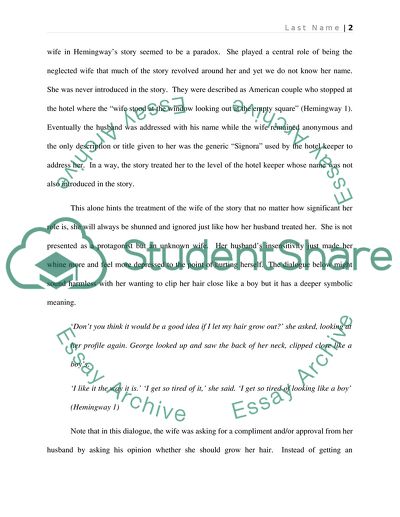Cite this document
(“Images of Despair in Cat in the Rain Assignment”, n.d.)
Images of Despair in Cat in the Rain Assignment. Retrieved from https://studentshare.org/literature/1669788-images-of-despair-in-cat-in-the-rain
Images of Despair in Cat in the Rain Assignment. Retrieved from https://studentshare.org/literature/1669788-images-of-despair-in-cat-in-the-rain
(Images of Despair in Cat in the Rain Assignment)
Images of Despair in Cat in the Rain Assignment. https://studentshare.org/literature/1669788-images-of-despair-in-cat-in-the-rain.
Images of Despair in Cat in the Rain Assignment. https://studentshare.org/literature/1669788-images-of-despair-in-cat-in-the-rain.
“Images of Despair in Cat in the Rain Assignment”, n.d. https://studentshare.org/literature/1669788-images-of-despair-in-cat-in-the-rain.


